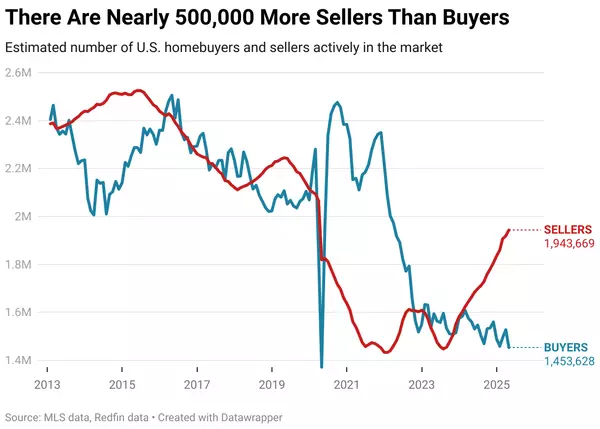15-Year vs 30-Year Mortgage Comparison: Which is Best for Your Family

15-Year vs 30-Year Mortgage Comparison: Which is Best for Your Family in 2024
A Detailed Comparison
When you're considering buying a home, one of the first decisions you'll face is the type of mortgage to get. Let's say you're interested in a home priced at $300,000. If you opt for a 15-year mortgage with a 6.7% interest rate, your monthly payment would be approximately $2.646.
On the other hand, a 30-year mortgage at a 7.5% interest rate would require a monthly payment of about $2,105. That's a substantial monthly difference of $541.
This difference could be used for other family needs, investments, or even a college fund for the kids. So, the first step is to consider how this monthly difference aligns with your current financial situation and long-term goals.
A Closer Look at Long-Term Costs
While the monthly payment difference is significant, it's essential to also look at the total amount you'll be paying over the life of the loan. With a 15-year mortgage, you'll end up paying a total of $476,355, with $176,355 of that amount going towards interest. In contrast, a 30-year mortgage will cost you a total of $755,171, with a staggering $455,171 going towards interest. That's close to $280,000 more in interest payments alone. This is a long-term financial commitment, and these numbers could significantly impact your family's ability to save for retirement, travel, or invest in other opportunities.
Opportunity Cost: A Deeper Analysis

The concept of opportunity cost is crucial when making this decision. If you choose the 30-year mortgage, you could potentially save $541 each month. If you were to invest this amount in a fund with a 6% annual return, you could accumulate around $516,352 over the 30-year term. However, you'll need to subtract the extra $280,000 in interest you'd pay on the 30-year mortgage, leaving you with approximately $236,000. This is an amount that could be used for various family needs, from college tuition to retirement savings. It's essential to weigh this against the benefits of a shorter loan term.
The Other Side of the 15-Year Mortgage: A Comprehensive View
But let's not forget the 15-year mortgage. Once you've paid off the house in 15 years, you'll have $2,646 available for investment each month. If you invest this amount at a 6% annual return for the remaining 15 years, you could accumulate around $745,399. When you compare this to the 30-year mortgage, the numbers are significant. Also, being debt-free in 15 years could offer significant emotional and financial freedom, allowing you to explore other investment avenues sooner.

The Personal Factor: More Than Just Numbers
While the numbers provide a clear picture, your decision should also factor in your family's lifestyle and emotional well-being. Do you value the idea of being completely debt-free in 15 years, or do you prefer the flexibility of a lower monthly payment that a 30-year mortgage offers? My recommendation is to consider a 30-year mortgage but make additional payments as if you're on a 15-year plan. This strategy offers you the best of both worlds: the flexibility to reduce payments during financially tight months and the option to pay off your debt sooner.

The Bottom Line
The choice between a 15-year and 30-year mortgage is not just a numbers game. It's a complex decision that should take into account your financial situation, your long-term goals, and your family's needs. And remember, whatever path you choose, I'm here to make the home-buying process as straightforward and stress-free as possible.
Categories
Recent Posts











"My job is to find and attract mastery-based agents to the office, protect the culture, and make sure everyone is happy! "
